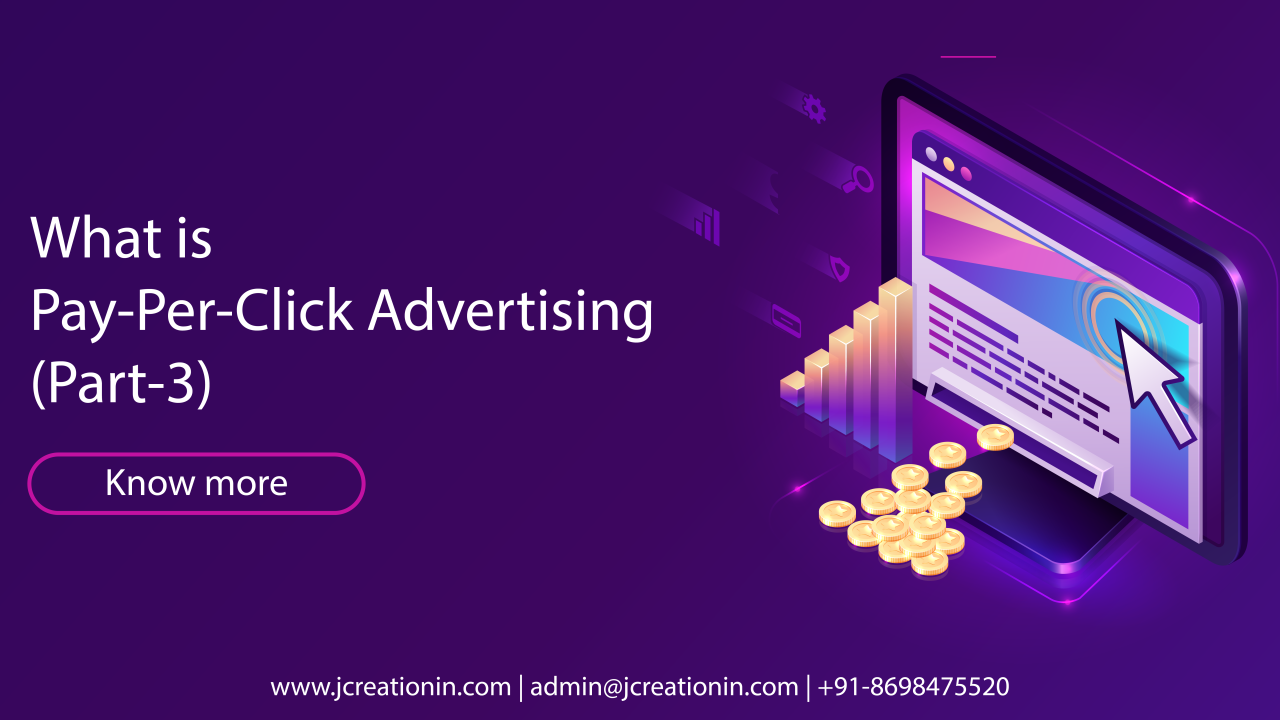
Pay-Per-Click Advertising (PPC) is an online advertising model where advertisers pay a fee each time their ads are clicked. It is a way to drive targeted traffic to a website or landing page by bidding on keywords and displaying ads on search engine results pages (SERPs) or on websites and platforms that participate in PPC advertising networks.
Here’s how PPC advertising works in more detail:
- Keyword Research: Advertisers research and select keywords and phrases relevant to their products, services, or target audience. These keywords are what users might search for when looking for something related to the advertiser’s offerings.
- Ad Creation: Advertisers create compelling and engaging ads that include headlines, ad copy, and a call-to-action. The ad should entice users to click on it and visit the advertiser’s website.
- Bid Management: Advertisers participate in auctions for their chosen keywords. They set a maximum bid amount, which represents the maximum amount they are willing to pay when someone clicks on their ad. The bid, along with other factors, determines the ad’s position on the search results page or website where it will be displayed.
- Ad Auction: When a user enters a search query or visits a website that participates in the PPC advertising network, an ad auction takes place. The auction considers factors like bid amounts, ad quality, relevance, and other metrics to determine which ads will be shown and in what order.
- Ad Display: If an advertiser’s ad wins the auction, it is displayed in a prominent position on the search results page or website. The ad is labeled as “sponsored” or “ad” to distinguish it from organic search results or other website content.
- Cost Per Click (CPC): The advertiser is charged when a user clicks on their ad, hence the term “pay-per-click.” The amount charged is based on the maximum bid amount set by the advertiser and the actual bid amount required to win the auction.
- Landing Page: Clicking on the ad takes the user to a specific landing page on the advertiser’s website that is relevant to the ad. The landing page should provide a seamless user experience and encourage the desired action, such as making a purchase, filling out a form, or signing up for a newsletter.
Benefits of PPC Advertising:
- Immediate Visibility: Ads can be displayed instantly once the campaign is set up, providing immediate visibility to a targeted audience.
- Targeting Options: PPC platforms offer various targeting options, including geographic targeting, demographic targeting, device targeting, and more, allowing advertisers to reach their desired audience.
- Measurable Results: PPC campaigns provide detailed performance metrics, such as clicks, impressions, conversions, and return on investment (ROI), allowing advertisers to measure the effectiveness of their campaigns and make data-driven optimizations.
- Control and Flexibility: Advertisers have control over their budget, bidding strategy, ad copy, and targeting options. They can adjust and optimize campaigns based on real-time data and insights.
PPC advertising is an effective way for businesses to drive targeted traffic, increase brand visibility, and achieve specific marketing goals. However, it requires careful planning, ongoing management, and optimization to ensure optimal results and a positive return on investment.
Listen to PPC Podcast – https://open.spotify.com/episode/1DdKb6eJV1DCTCtxdaJo83?si=IAu5G5u2Tpiv4sk-NXvPew
Stay tuned for next Part-4 where we will cover what is Social Media Marketing in details…
To know more reach us at – [email protected]
https://www.linkedin.com/pulse/what-pay-per-click-advertising-part-3-jcreation




